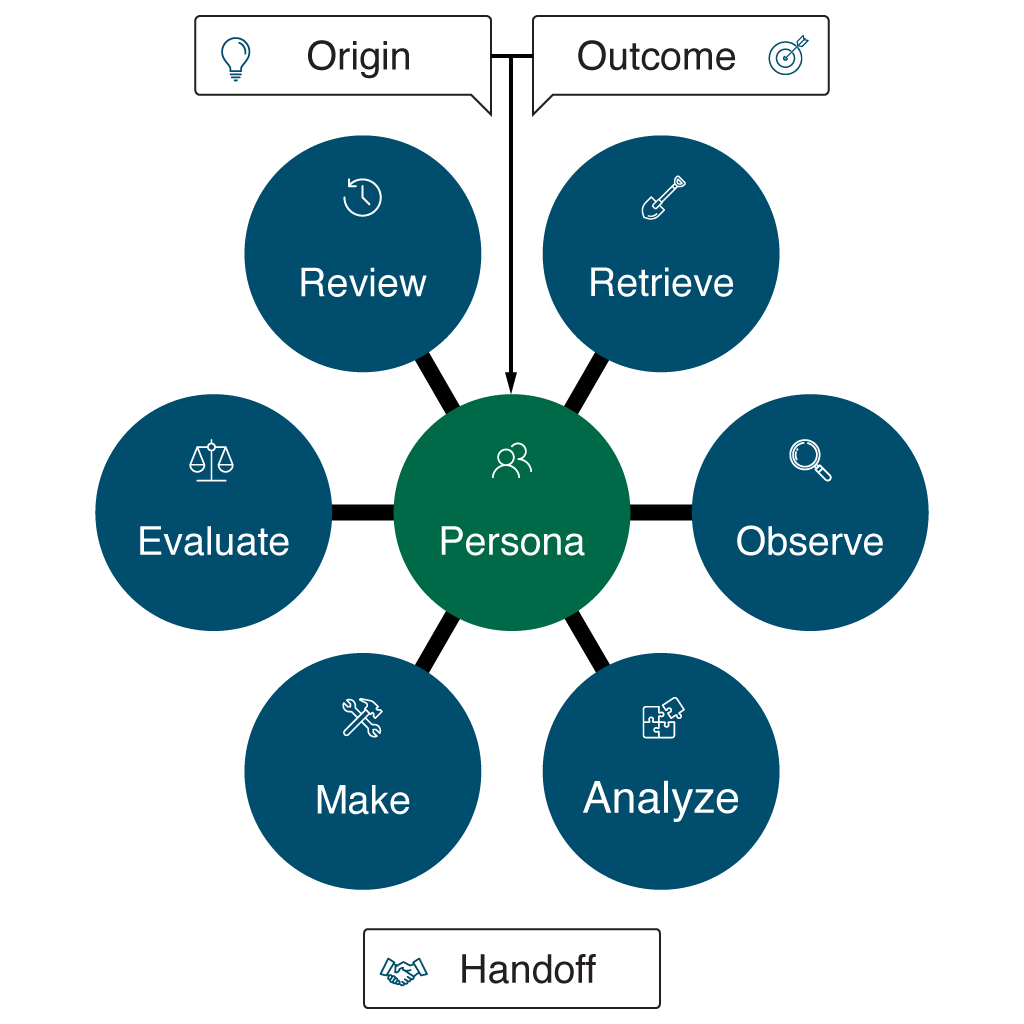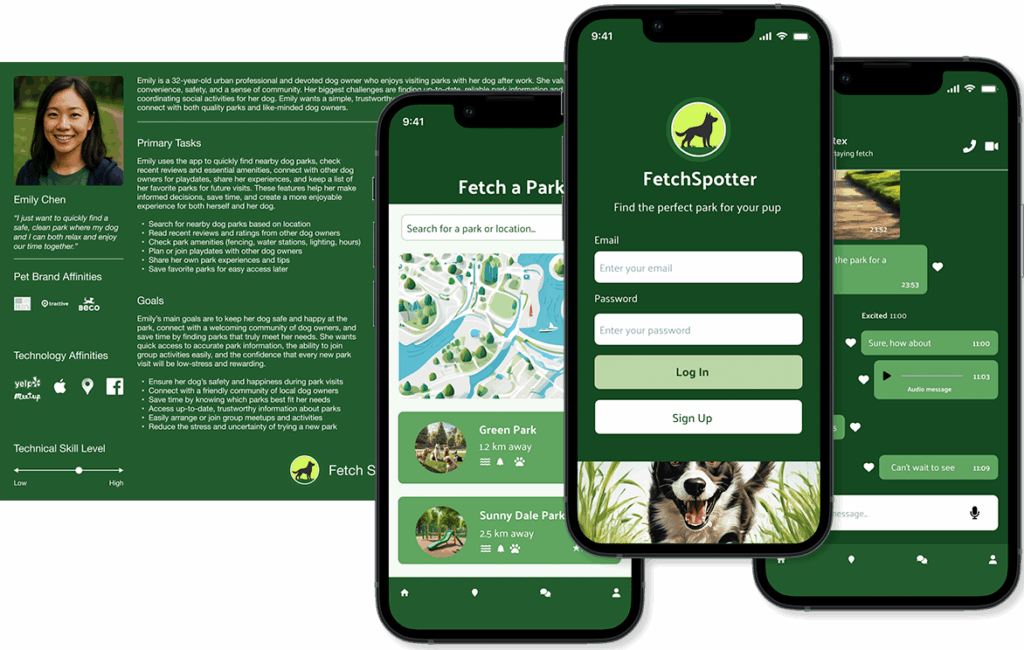The ROAMER Model is built on ten distinct phases, each designed to drive not just clarity, alignment, and accountability—but also deep engagement across teams, stakeholders, and organizational boundaries. Each phase is a lever for building shared understanding, surfacing critical needs, and ensuring no voice is left out of the conversation.

The ROAMER Model phases are grouped into three core stages, creating a natural flow from purpose and alignment through execution, reflection, and transition:
Before: Origin, Outcome, Persona
During: Retrieve, Observe, Analyze, Make, Evaluate
You can apply all phases sequentially for full, end-to-end initiatives, or select only those that add value for smaller or time-sensitive efforts. At every stage, the ROAMER Model helps you invite participation, foster transparency, and strengthen the collaborative fabric of your work.
Each phase has a dedicated page with:
- A direct explanation of its purpose and alignment benefits
- Key questions and prompts to drive cross-functional engagement
- Figure or diagram (if applicable)
- Practical tips for maximizing clarity and accountability
Use the main navigation above to explore each phase in detail, and learn how the ROAMER Model enables outcome-driven, collaborative success in any work environment. Additional navigation is available at the bottom of each page as you go through the model.
Walk-through Case Study
To help make the ROAMER Model more approachable and practical, we’ll walk through a case study built around Fetch Spotter—a fictional Dog Park Finder app. As you move through each phase of the ROAMER Model, you’ll see how its ideas and principles come to life in a realistic product scenario. Fetch Spotter will be our ongoing reference point, showing how the model guides teams from initial concept to a solution that works for users.
As you follow along, use the Fetch Spotter case study as a guide and inspiration. See how each phase plays out in context, and think about how you might apply these insights and techniques in your own work or organization.

Figure: Examples from the Dog Park Finder app case study

